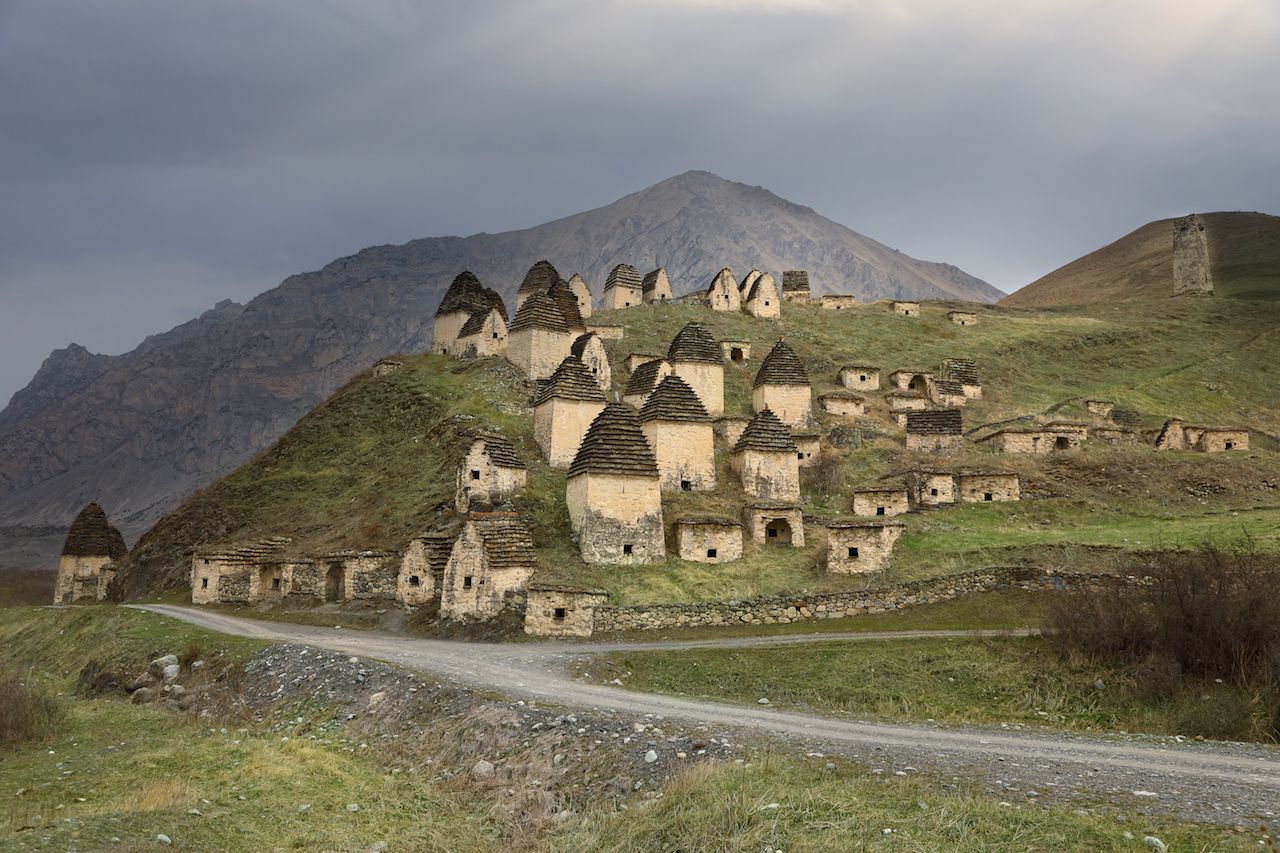Europe’s grand catles and museums are a thrill, but they don’t inspire that spine-tingling sensation so many of us haunted house fans chase. That isn’t to say there aren’t spooky sites in Europe. After all, the roughly 50 countries that make up the continent have had more than enough time to breed scary stories around their abandoned cities and eery locales, most of which are open to anyone who dares enter. Here are the seven most haunted places in Europe so creepy they’ll have you reuniting with your childhood nightlight.
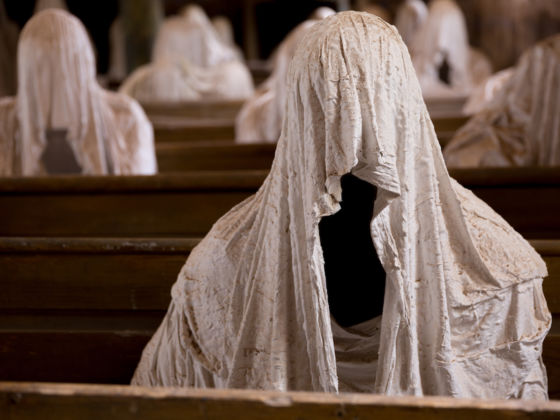

The 7 Most Haunted Places to Visit in Europe
1. Capuchin Catacombs of Palermo, Italy
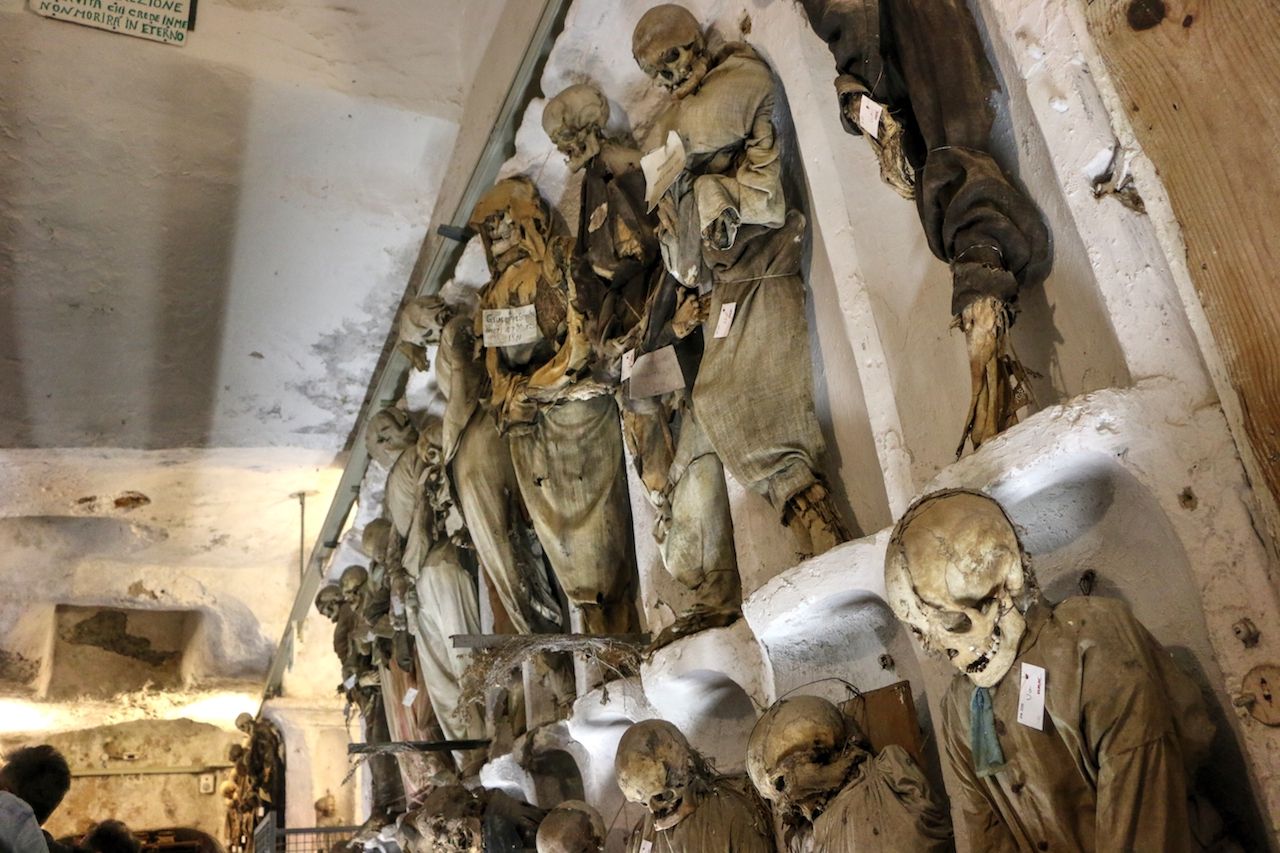
Photo: BLITZ MC/Shutterstock
All catacombs are creepy, but not all catacombs are quite as unsettling as the ones at the Capuchin Monastery in Palermo, Sicily. Thousands of fully-dressed, naturally-mummified corpses dating as far back as the 17th century fill the monastery’s catacombs. There are corridors dedicated to public servants still in uniform and religious figures donning clerical dress, as well as spaces reserved for women, men, virgins, and infants. Walking through the musty catacombs, visitors are surrounded by mummies posed upright against walls and sat on benches, making them way too lifelike for any sane person’s comfort.
2. Hoia Baciu Forest, Romania

Photo: Daniel Mirlea/Shutterstock
Almost a million people visited Dracula’s Castle last year, but the haunted Hoia Baciu Forest in northwestern Romania makes Vlad the Impaler’s former residence look like a Disney World attraction. Some say it’s the scariest forest in the world, in no small part because of the unusual activity reported there. Ghostly apparitions and UFO sightings are old news in the forest, where visitors have also claimed to hear giggling voices and see glowing orbs between mist-shrouded trees. If being abducted by aliens or possessed by spirits sounds like a good time to you, head west of Cluj-Napoca and take a walk in the sinister Hoia Baciu Forest.
3. St. George’s Church, Czech Republic
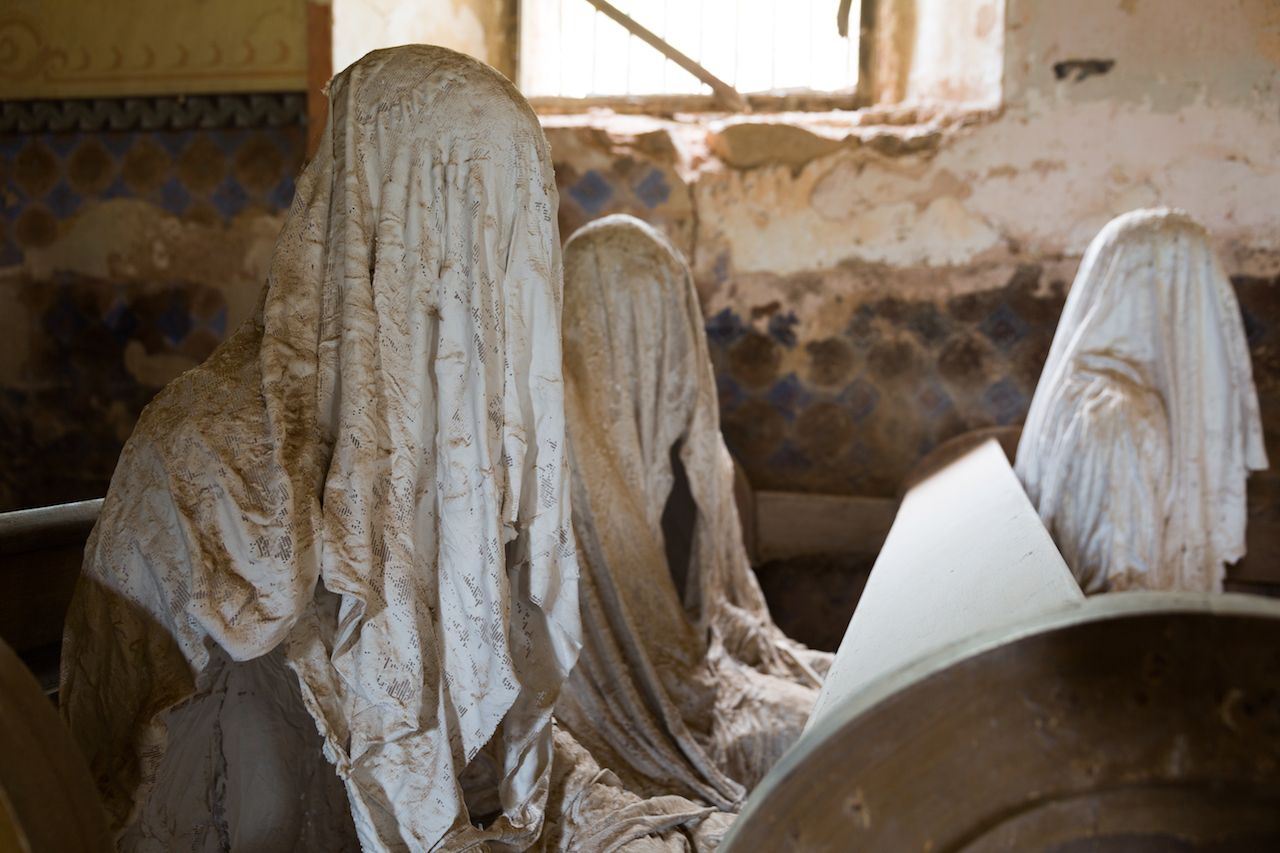
Photo: CharlitoCZ/Shutterstock
The only thing more terrifying than an abandoned building is an abandoned building that isn’t actually empty. St. George’s Church in Luková was built in the 14th century and used until the 1960s, when the roof collapsed during a funeral ceremony. Congregants took the collapse as a bad omen and opted to hold al fresco services from then on while the church fell into disrepair. In 2014, artist Jakub Hadrava was commissioned to create an installation that would draw more tourism to the area. Capitalizing on local lore, Hadrava decided to haunt the church once and for all, creating around 30 white-robed plaster ghosts and posing them on the church pews. The campaign was a big success, and today, tourists come from near and far to check out the ghostly infestation of St. George’s Church.
4. Borgvattnet Vicarage, Sweden
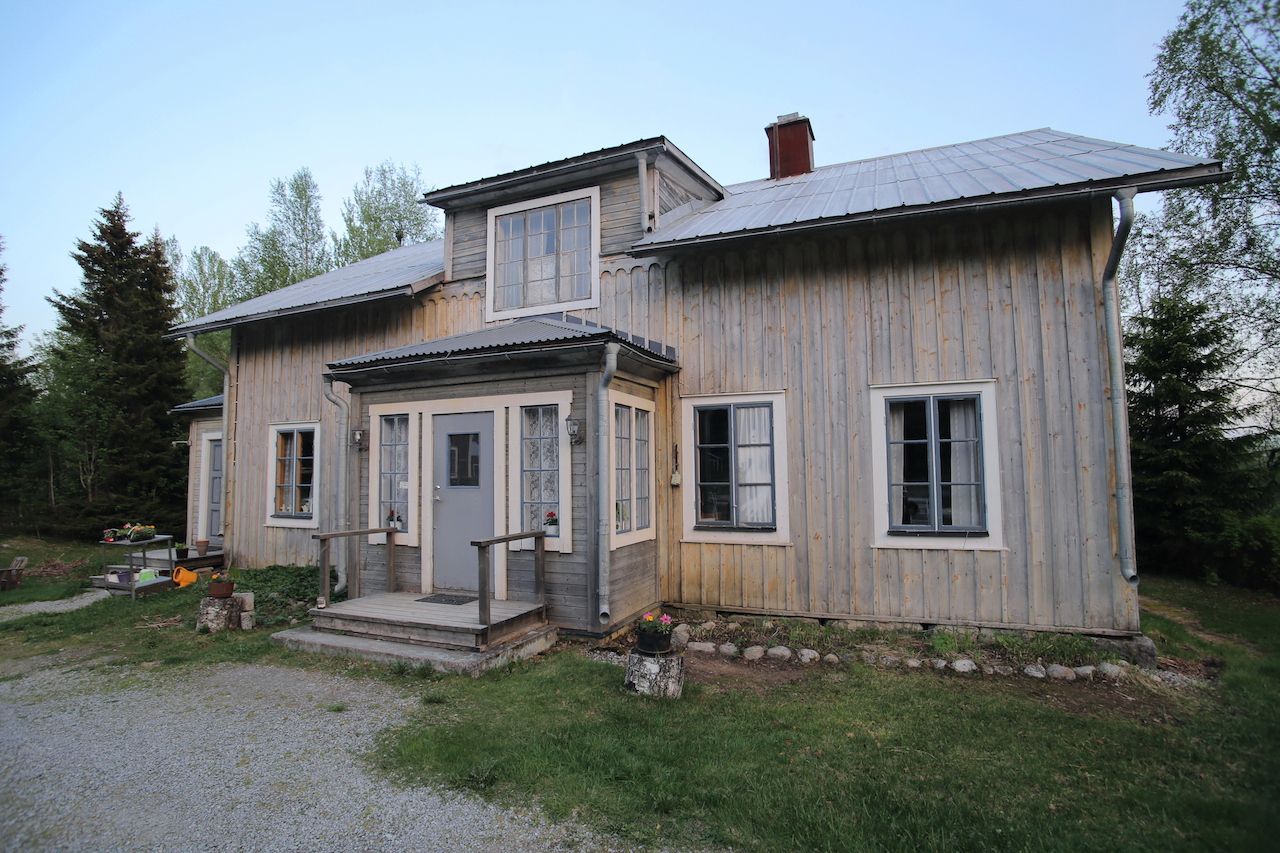
Photo: Jojoo64/Shutterstock
Any country that spends entire months cloaked in darkness is bound to house some spooky sites. Take the Borgvattnet Vicarage in northern Sweden, which is believed to be one of the most-cursed places in all of Scandinavia. Paranormal activity is the talk of the town in Borgvattnet, whose late 19th-century vicarage has been associated with supernatural events since the early 20th century. Rumors of flying furniture, ghastly shrieks, and other episodes became so extreme that an exorcism was performed to rid the vicarage of evil spirits in the 1980s. Much to the delight of horror fans and the chagrin of everyone else, the exorcism did not take. The ultimate challenge for visitors these days is to make it through the night; the hair-raising Borgvattnet Vicarage has been turned into a guest house where brave souls can bunk with lingering ones.
5. Chapel of Bones, Portugal

Photo: S-F/Shutterstock
The most haunting thing about the Chapel of Bones is its beauty. From a distance, the chapel walls look like sheets of intricately-carved and ornamented sandstone. The truth is that almost every inch of the chapel is covered in tightly-packed human remains. Monks built the holy site in Evora, Portugal during the 16th century. By that time, dozens of cemeteries were taking up valuable land around the area, and an alternate resting place was in order. The monks relocated around 5,000 corpses, whose bones are stacked floor to ceiling and whose skulls stare right at you while you walk through the chapel. Still, nothing is quite as goosebump-inducing as the two skeletons hanging from chains near the cross by the altar, except maybe the ancient Portuguese inscriptions reminding visitors they’re next for the grave.
6. Edinburgh Vaults, Scotland
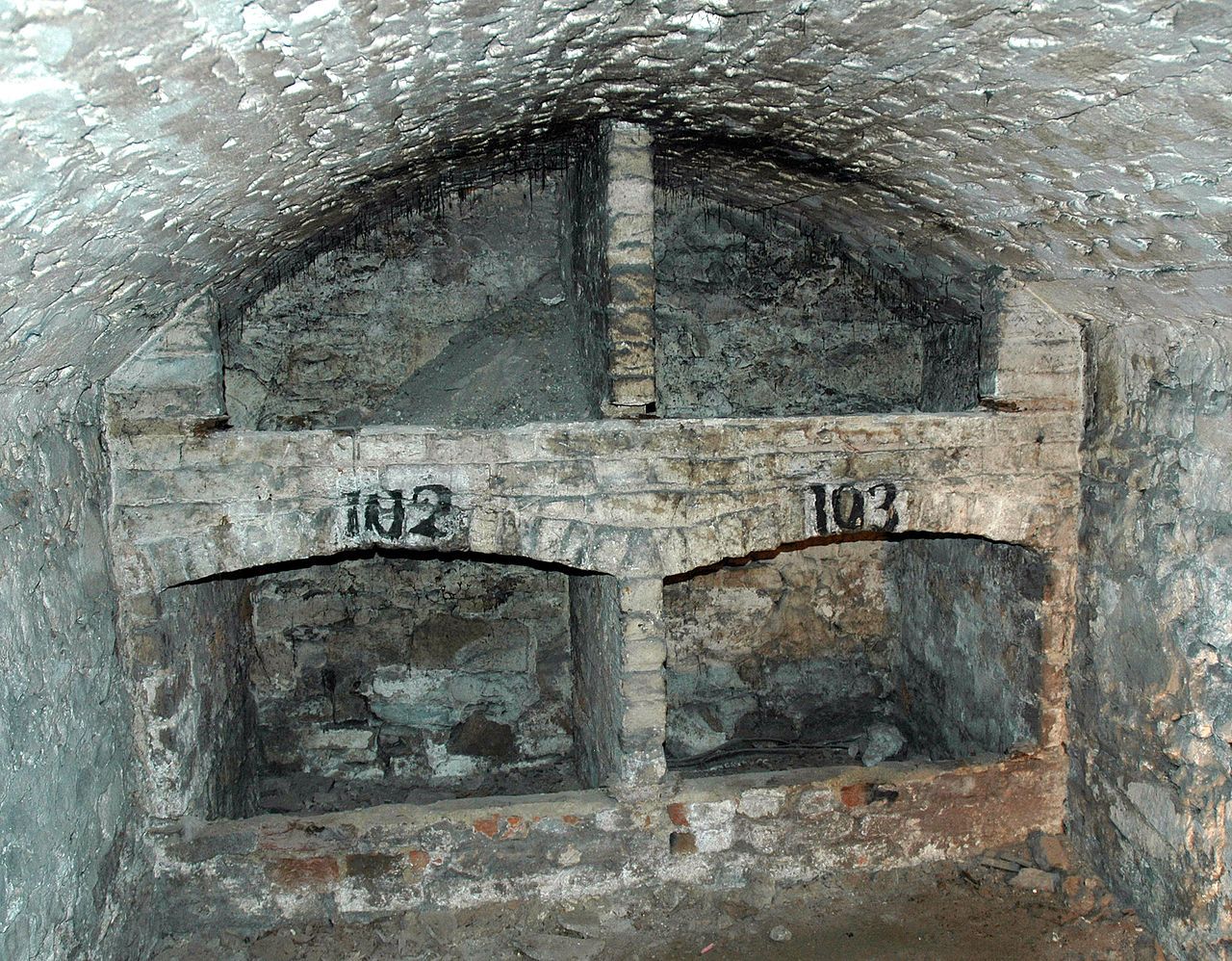
Photo: Kjetil Bjørnsrud
The Edinburgh Vaults are a collection of almost two dozen chambers created under the arches of Edinburgh’s South Bridge. Like so many spooky spots, the vaults started out harmless enough, housing everything from shops and taverns to workshops and storage space upon their completion in 1788. But they quickly attracted a criminal element. Gamblers, illegal liquor distillers, and other seedy types soon usurped the space from tradesmen, and in time, rumors of more serious crimes like kidnapping and murder began to circulate. Today, the Edinburgh Vaults are considered some of Scotland’s most terrifying attractions, and they totally look the part.
7. City of the Dead, Russia
The City of the Dead isn’t your average city. In fact, it isn’t a city at all; it’s a necropolis. The ancient burial ground is located near the village of Dargavs in North Ossetia-Alania and was created centuries ago by inhabitants of the nearby valley. Crypts that resemble the world’s first tiny houses cascade down the mountainside, each of which comes with a small well that once indicated whether or not the deceased had gone to heaven. Many suspect that the mysterious graveyard was first created after a plague swept through Ossetia; most believe that if you enter, you won’t make it out alive. Fortunately for superstitious types, it’s a pretty harrowing drive through the Caucasus Mountains to reach Dargavs, so you’ve got a great excuse to leave the City of the Dead off your itinerary if you’re freaked out just reading about it.
